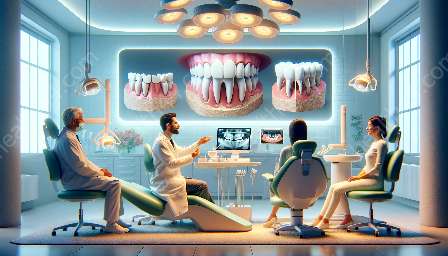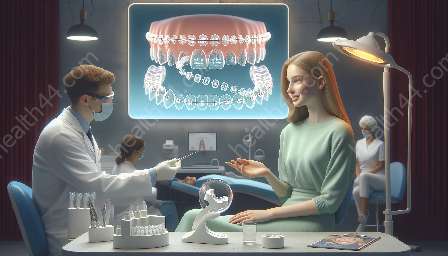Teeth are vital for oral and dental health, with proper care and understanding of tooth anatomy playing a crucial role. In this comprehensive guide, we explore the topic of tooth anatomy, oral and dental care, and the overall importance of dental health.
Understanding Tooth Anatomy
Before delving into oral and dental care, it's essential to understand the anatomy of a tooth. A tooth consists of different parts that work together to support various functions, including biting, chewing, and speech. The main parts of a tooth are:
- Enamel: This is the outermost layer of the tooth and is the hardest substance in the human body. It protects the inner layers of the tooth from decay and damage.
- Dentin: Beneath the enamel lies the dentin, a hard tissue that forms the bulk of the tooth structure. Dentin is not as hard as enamel but provides support and protection to the innermost layer.
- Pulp: At the center of the tooth is the pulp, which contains blood vessels, nerves, and connective tissue. The pulp nourishes the tooth and provides sensory function.
- Root: The root of the tooth extends into the jawbone and anchors the tooth in place. It is covered by a layer of cementum and contains the tooth's nerve and blood supply.
Function of Teeth
Teeth play a vital role in the digestive process by breaking down food into smaller particles for easier swallowing and digestion. Additionally, they are essential for speech and maintaining the structure of the jaw and face.
Importance of Oral and Dental Care
Proper oral and dental care is crucial for maintaining healthy teeth and overall well-being. Daily oral hygiene practices, regular dental check-ups, and a balanced diet contribute to good oral health and prevent dental issues such as cavities, gum disease, and tooth loss.
Oral and Dental Care Practices
Effective oral and dental care involves a combination of practices, including:
- Brushing: Brushing the teeth at least twice a day with fluoride toothpaste helps remove plaque and food particles, reducing the risk of decay.
- Flossing: Flossing removes plaque and food debris from between the teeth and along the gumline, where a toothbrush cannot reach.
- Regular Check-ups: Scheduling regular dental check-ups allows for early detection and treatment of dental issues, preventing potential complications.
- Healthy Diet: A balanced diet rich in nutrients can help maintain strong teeth and gums. Limiting sugary and acidic foods and drinks can also minimize the risk of dental problems.
Dental Health and Overall Well-being
Oral health is closely linked to overall well-being. Poor oral hygiene can lead to various systemic health issues, including cardiovascular disease, diabetes, and respiratory infections. Taking care of the teeth and gums contributes to a healthy body and a confident smile.
Conclusion
Understanding tooth anatomy, practicing good oral and dental care, and prioritizing dental health are essential for a healthy and vibrant life. By embracing proper oral hygiene and regular dental check-ups, individuals can maintain strong, functional teeth and promote overall well-being.
































